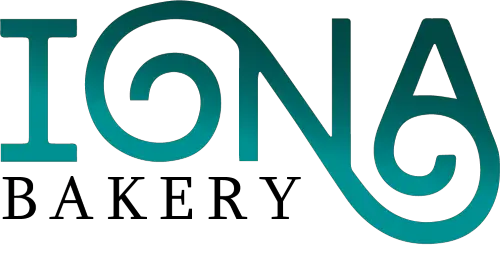Tilt & Head Replacement Parts Guide
With the increasing reliance on technology and equipment in various fields, it is crucial to ensure that devices function effectively and efficiently. One aspect that often needs attention is the tilting and head replacement parts of equipment, as these are vital for optimal performance. In order to ensure that your devices remain functional and up-to-date, it is essential to be informed about the different types of tilt and head replacement parts, how to recognize when they need to be replaced, and how to find the right parts for your specific equipment. This knowledge will not only save you time and money but will also contribute to the longevity and effectiveness of your devices.
Types of Tilt & Head Replacement Parts
Tilt and head replacement parts are crucial components of various devices and equipment, ensuring they function optimally and smoothly. One common area where these parts are heavily utilized is in photographic equipment such as cameras and tripods. For example, tripod heads come in various types, including ball heads, fluid heads, and pan/tilt heads. Each type provides specific functionality, with ball heads allowing for quick adjustments, fluid heads offering smooth motion for video shooting, and pan/tilt heads providing precise control for landscape and studio work.
Another area where tilt and head replacement parts play a crucial role is in medical equipment. Some common examples include examination tables, dental chairs, and surgical tables. These devices often require adjustable tilting and head positioning to ensure the patients’ safety, comfort, and proper treatment. With a wide variety of medical equipment, these parts come in various materials such as stainless steel, aluminum, and various plastics to ensure durability, stability, and hygiene.
In the realm of the automotive industry, tilt and head replacement parts can also be found in steering systems and suspension parts such as control arm mounts, bushings, and ball joints, among others. These components allow for the proper alignment and control of the wheels. These parts are designed to withstand demanding conditions and maintain the necessary range of motion. They are usually made from high-quality materials like heavy-duty rubber, steel, and aluminum alloys, providing the required strength, stability, and longevity.
Industrial and construction equipment is another area that makes frequent use of tilt and head replacement parts. Heavy machinery such as excavators, cranes, and bulldozers may utilize hydraulic tilt and head components to ensure smooth and efficient operation. These parts must be constructed from highly durable materials to withstand the extreme pressures and forces encountered in such environments. Additionally, customized or specialized equipment may require unique tilt and head mechanisms that cater to specific tasks, making it essential for manufactures to offer a diverse range of replacement options.
With the rapid advancement in technology, an increasing number of devices and equipment incorporate tilting and head positioning functionalities, leading to a growing demand for a variety of tilt and head replacement parts. Manufacturers must remain responsive to market changes by offering a diverse range of options to cater to the unique needs of different industries. By ensuring the availability of high-quality and versatile tilt and head replacement components, manufacturers can contribute to devices’ longevity, efficiency, and utility.
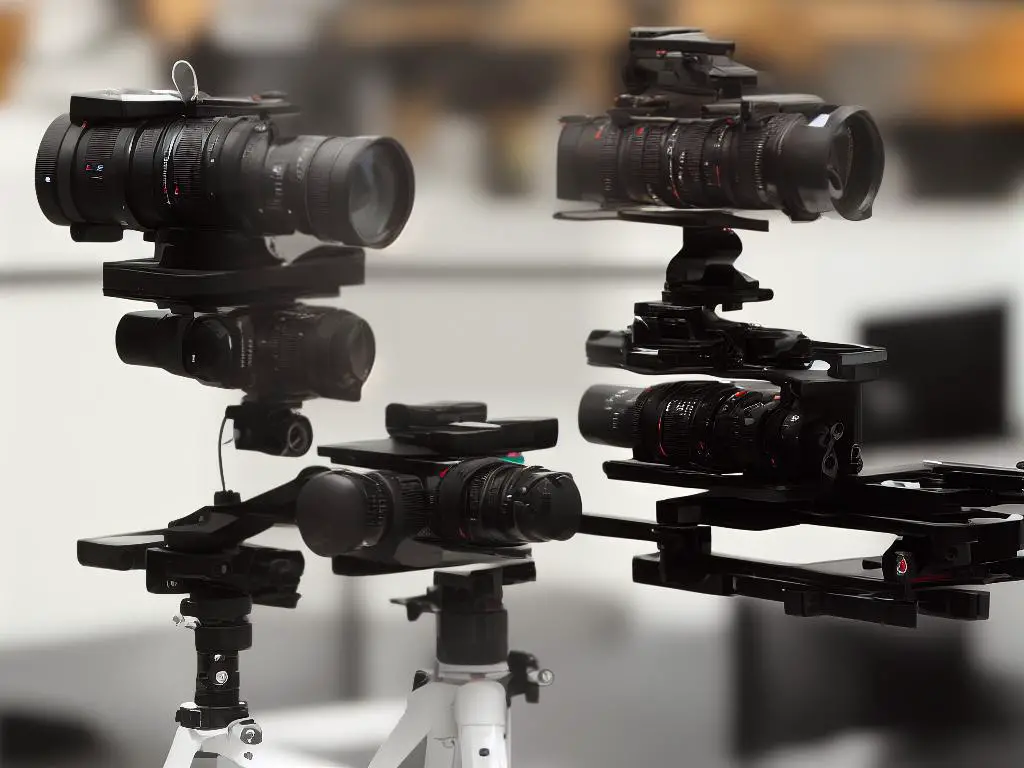
Identifying the Need for Replacement Parts
A critical aspect of maintaining equipment or machinery is the regular assessment of its condition and the timely identification of required replacement parts. This is especially true for tilt and head replacement components, which play significant roles in the functioning of many devices. By regularly inspecting for wear and tear on these parts, machinery failure can be prevented, and smooth operation can be ensured. Prompt diagnosis of issues and timely determination of the need for replacements are essential to achieve and maintain peak performance.
Assessing Equipment
To begin assessing your equipment, start by conducting a visual inspection of the tilt and head components. Be on the lookout for surface damage such as cracks, corrosion, or deformations that may impede their function. Additionally, pay attention to any irregular noises or vibrations during operation, as these may indicate a problem with the part. It’s also essential to check for signs of wear in the connecting components, as this can cause issues in the tilt and head assembly.
Remember that prevention is always key – implementing a regular maintenance schedule will allow you to identify potential problems early, before they escalate and necessitate replacement.
Examining Performance
Another way to assess if a tilt or head replacement part is necessary is by examining changes in the performance of your equipment. If you notice a significant decline in efficiency or accuracy, it may be a sign that the component is no longer functioning as it should and requires replacement. You can also refer to the equipment manufacturer’s guidelines or consult with a professional to ascertain the common symptoms of malfunctioning tilt and head parts.
Maintaining History
Keeping track of your equipment’s service and maintenance history is an essential part of determining if replacement parts are needed. This can help you identify recurring issues or patterns related to the tilt and head components, thereby highlighting the probable need for a replacement. Be sure to record any issues that have arisen in the past and the steps taken to resolve them, as this will provide valuable information for future maintenance tasks.
Conclusion
In conclusion, it’s important for the general public to be proactive when it comes to assessing and maintaining equipment featuring tilt and head parts. Regular visual inspections, performance tracking, and maintenance history documentation can help identify potential issues and determine if a replacement is necessary. By staying vigilant and addressing problems early on, you can ensure your equipment remains in optimal condition and avoid the costs and downtime associated with severe component failure.

Choosing the Right Replacement Part
When it comes to finding the correct tilt and head replacement parts for your specific device or equipment, there are a few essential factors to consider. One of the most significant factors is compatibility. Ensuring that the replacement part is compatible with your device or equipment will not only guarantee optimal performance, but it will also prevent potential damage or malfunction. Compatibility should always be the first aspect to look for when purchasing a new component. Therefore, it’s highly recommended to consult the user manual or contact the equipment manufacturer for guidance on which parts would best suit your device.
Another essential factor to consider when searching for the ideal replacement part is the material of the part itself. Different materials offer different levels of durability, weight, and resistance to wear. Plastic parts, for example, might be more lightweight and affordable, but they may not provide the same durability and strength offered by their metal counterparts. It is crucial to weigh these factors and determine what material would best suit your equipment needs while still providing a lasting and efficient solution.
Quality is another vital aspect of any replacement part decision. While it might be tempting to opt for a lower-priced option, it is essential to remember that lower costs often equate to lower quality materials and workmanship. When it comes to tilt and head replacement parts, lower-quality components could lead to reduced equipment performance, more frequent malfunctions, and even permanent damage to your device. Instead, focus on finding a part made from high-quality materials and backed by positive user reviews or recommendations from professionals.
Moreover, don’t forget to consider the level of support offered by the manufacturer or retailer when purchasing a replacement part. Some companies may provide customer support services, such as installation assistance or troubleshooting guides, which can be invaluable when it comes to ensuring that your new component is installed correctly and operates as intended. Additionally, a warranty provided by the replacement part manufacturer could offer added peace of mind and protection against potential issues down the line.
As a member of the general public looking to become informed on tilt and head replacement parts, it’s important to conduct thorough research and explore various options to find the one that best suits your needs, budget, and preferences. Utilize online resources such as customer reviews and product comparison websites to aid in your search. If possible, consult with professionals in the industry or friends and family members who have experience with similar devices for recommendations and advice. By considering these factors during your research, you can confidently choose the right tilt and head replacement part for your specific device or equipment.
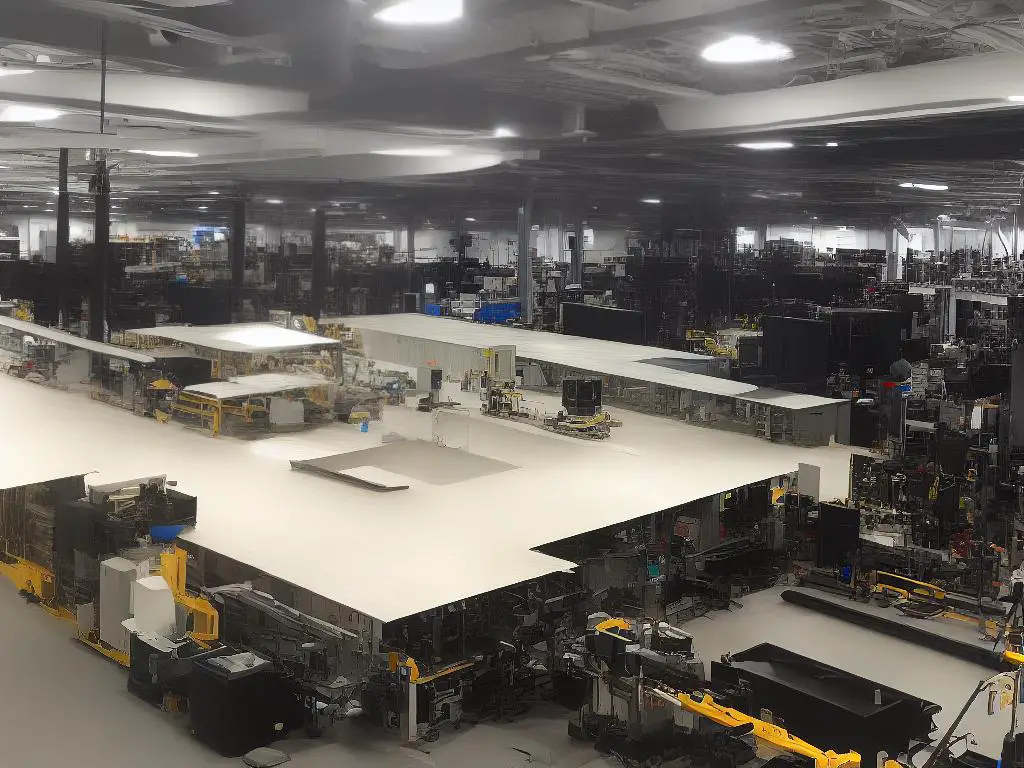
Installation & Maintenance
Once you have selected the appropriate tilt and head replacement part, understanding the proper installation methods is crucial to ensure a successful outcome. Prior to beginning any installation, consult the manufacturer’s guidelines and instructions to ensure you are using the correct equipment and techniques for your specific replacement part. This may include obtaining any specialized tools required for the part and familiarizing yourself with the proper installation methods to avoid potential damage to the components. By taking these necessary precautions, you can seamlessly integrate the new tilt and head replacement part into your device or equipment, ensuring its continued functionality.
One key factor during installation is to ensure that the replacement part is correctly aligned with the other components of your system. Proper alignment is essential for optimal performance, as misalignment can result in increased wear on the parts and decreased efficiency. To achieve this, use appropriate measuring tools, such as a level or a straight edge, to confirm that the new part is in the correct position. Additionally, verifying the alignment of the other related components is also necessary to prevent any potential issues.As with any mechanical system, installation and maintenance go hand in hand in ensuring the optimal performance and longevity of your tilt and head replacement parts. Regular inspections should be performed, as recommended by the manufacturer, to check for any signs of wear, damage, or improper alignment. By identifying potential issues early, you can address them before they cause more significant problems to the overall system. This may include periodically tightening bolts and fasteners, lubricating moving parts to reduce friction and wear, and replacing any components that show signs of damage or excessive wear.While carrying out maintenance, it is also essential to keep the surrounding area of the components clean and free of debris. Dirt, dust, and other contaminants can accumulate over time, which can contribute to increased wear and reduced performance of your replacement parts. Regularly cleaning the area can help prevent these issues and extend the life of your components. Additionally, it is crucial to ensure proper ventilation or cooling mechanisms are in place, as excessive heat can damage components and affect their performance.
Another aspect to consider when dealing with tilt and head replacement parts is the potential for electrical issues. It’s crucial to ensure that all electrical connections are correctly installed, and that wiring is properly insulated to prevent any potential shorts or damage to the components. Regularly inspecting these connections can help identify any potential problems before they escalate into more serious issues. Keeping electrical components clean and secure is vital for maintaining the overall performance and efficiency of your system.
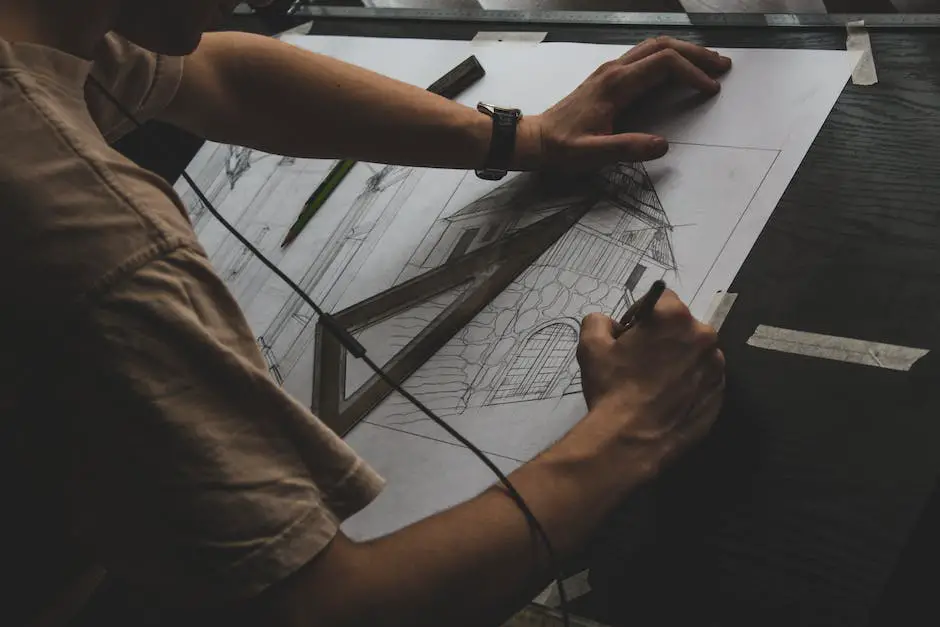
Where to Buy Replacement Parts
One of the most common places to find tilt and head replacement parts is through the manufacturer’s website or authorized dealers. Most manufacturers offer an online store or provide information on authorized dealers that carry their products. In some cases, they may also have a customer service helpline you can call to assist in finding the right replacement part for your specific model. To make the process smoother, always ensure that you have the correct model number and any relevant information regarding your product before reaching out for assistance.
Online marketplaces such as Amazon, eBay, and Walmart also offer an extensive selection of tilt and head replacement parts. These platforms allow you to compare prices and read reviews from other customers, making it easier to find the best deals. In addition, some third-party vendors on these marketplaces may offer generic or aftermarket parts that can be suitable and more affordable alternatives to genuine manufacturer parts.
Local brick-and-mortar stores such as Home Depot, Lowes, and Ace Hardware may carry tilt and head replacement parts as well. These stores often have knowledgeable staff who can help you find the right part based on your specific needs. Shopping at a local store allows you the advantage of seeing the product in person and verifying that it is the correct part before making a purchase. Plus, you can avoid any shipping costs and receive the part immediately.
Joining online forums and discussion boards focused on your specific product or industry can provide valuable information and insight into where to purchase replacement parts. Members of these communities often share their experiences, recommendations, and tips on where to find the best deals on replacement parts. They can also help you identify the specific part you need and provide advice on installation or troubleshooting issues.
When searching for tilt and head replacement parts, always remember to compare prices and check for discounts, sales, or promotions that may be available. Online coupon websites and browser extensions can help you find the best deals and discounts. Additionally, be sure to read customer reviews to ensure the quality of the replacement part and the reliability of the seller. By doing your research and taking advantage of available resources, you can find the right parts for your needs while saving time and money.
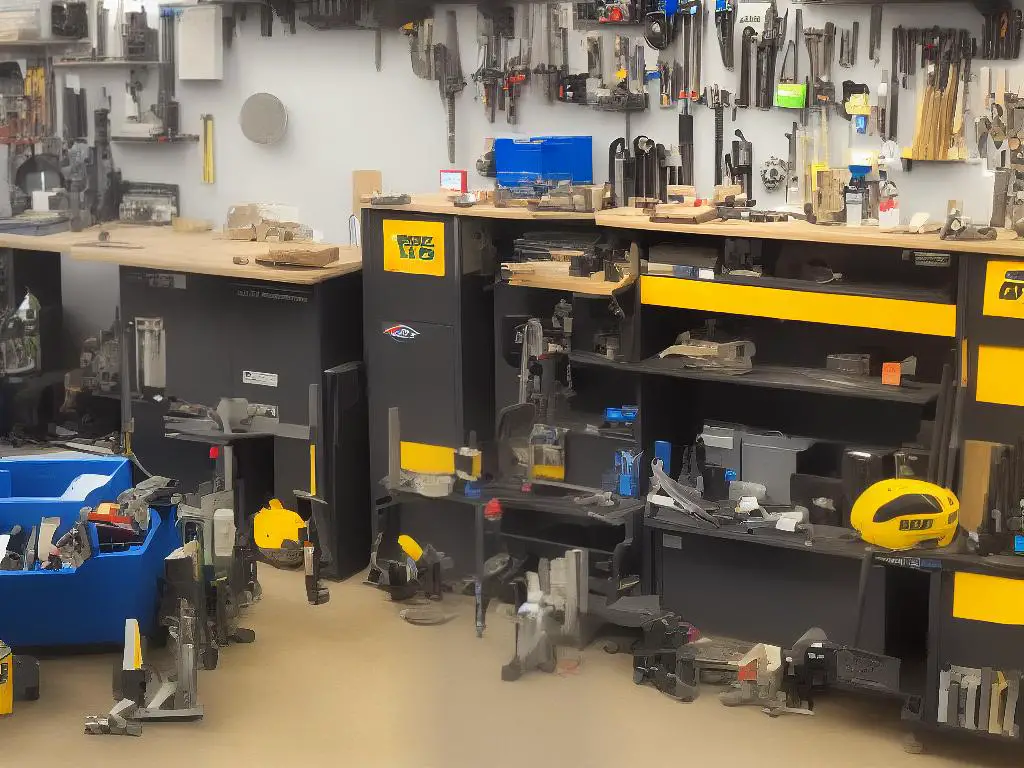
Being informed about tilt and head replacement parts is key in maintaining and extending the life of your devices and equipment. By understanding the various types available, how to identify when a replacement is needed, and how to find the right part for your needs, you will be better equipped to make informed decisions and ensure optimal performance. Don’t forget the importance of proper installation and regular maintenance, which will also contribute to the longevity of your equipment. With this knowledge in hand, you can confidently purchase and utilize tilt and head replacement parts, enhancing the effectiveness and efficiency of your devices.
